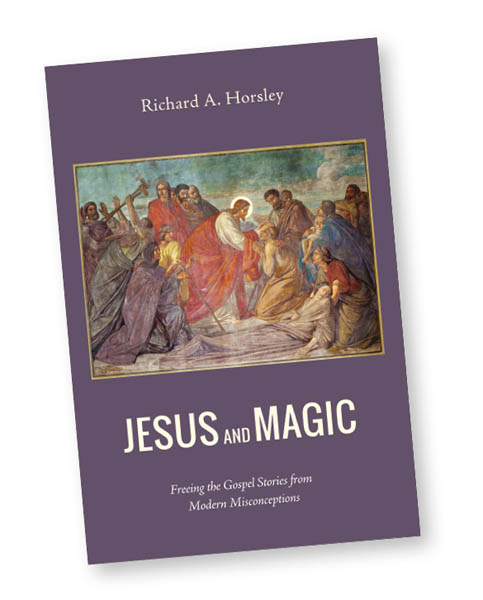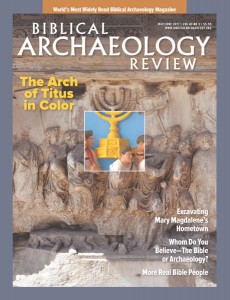
Richard Horsley believes that since the 18th century many scholarly interpreters have misconstrued Jesus’ healings and exorcisms in the Gospels and other ancient texts due to a fundamental distortion. The author explores problems with the modern usage of “miracle” and/or “magic” with regard to these healings and exorcisms.
An influential philosopher of the Enlightenment, David Hume established this modern category of thought when he famously defined a miracle as “a violation of the laws of nature”—an illegitimate appeal to the supernatural. Based on this understanding, Thomas Jefferson produced an abridgement of the Gospels that expurgated the miraculous, and the “Jesus Seminar” followed suit—proudly quoting Jefferson in its dedication to The Five Gospels. As Horsley shows, many other scholars make similar assumptions, subtly or not.
The separation of the natural from the supernatural has characterized Western thought since the Enlightenment.
Today’s science has become less dogmatic. Horsley shows that historians must also set their Humean dogmatism aside. Ancient literature does not speak of “miracles” as violations of laws of nature because “laws of nature” did not yet exist. Instead, they relate events such as exorcisms and healings. The historian should deal with those rituals contextually, in Horsley’s view, and avoid imposing modern constructs.
Already a library member? Log in here.
Institution user? Log in with your IP address.

